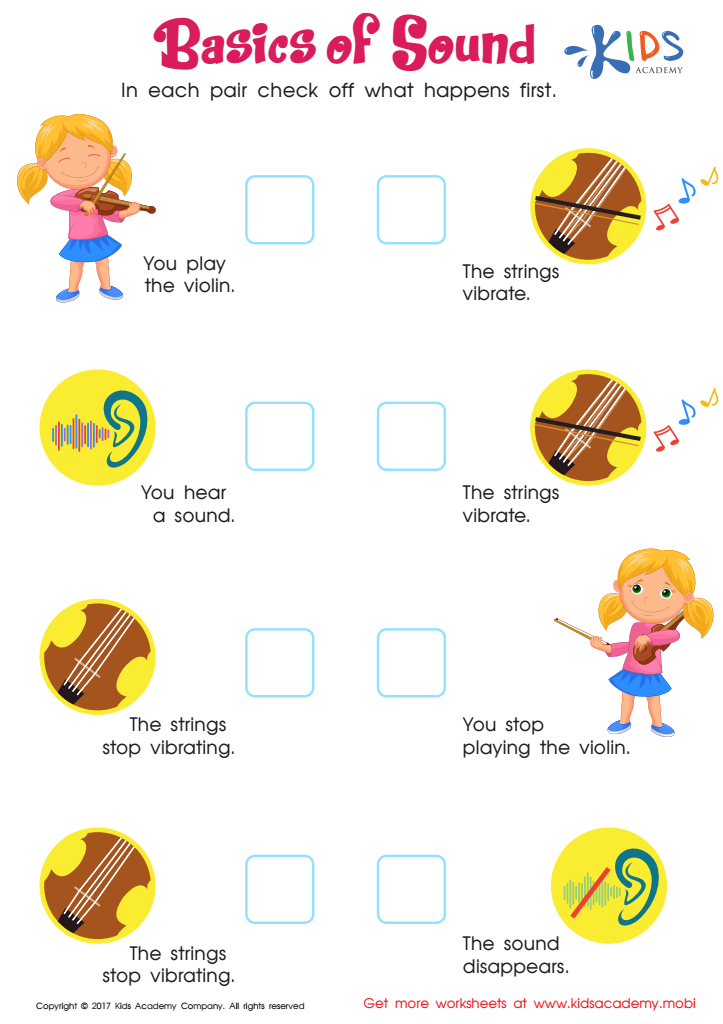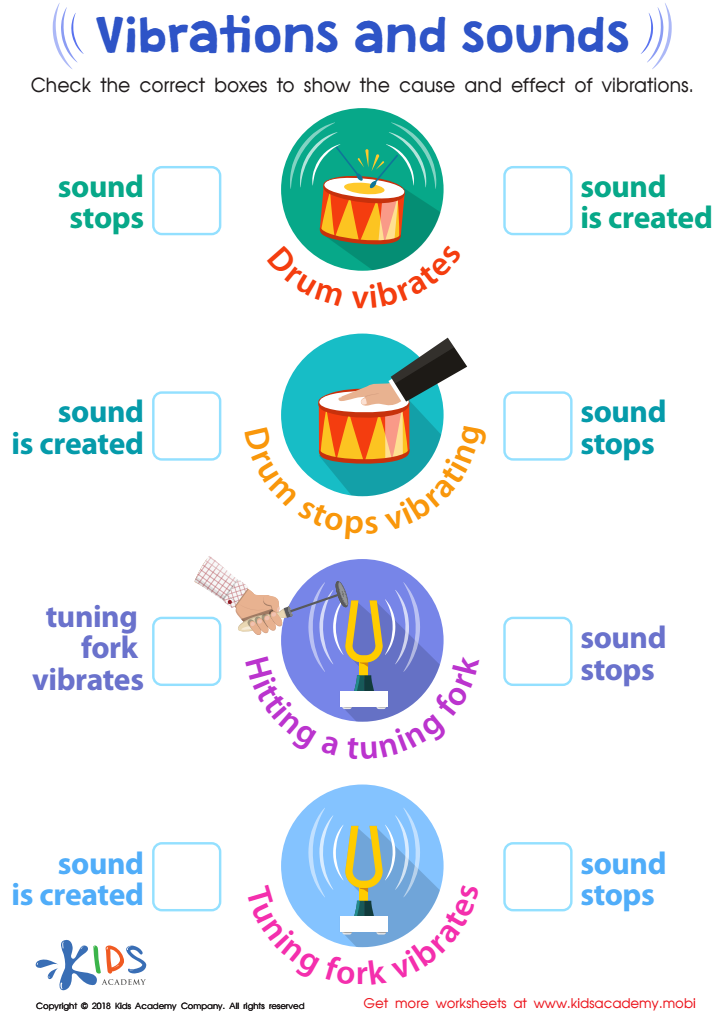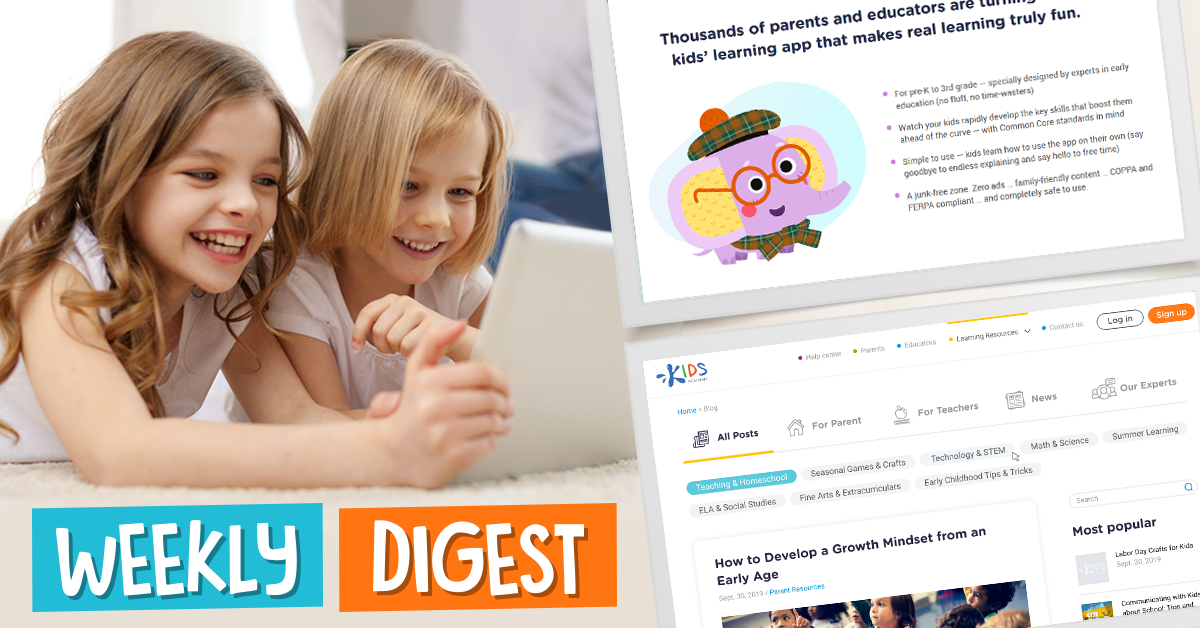Sound frequency knowledge Worksheets for Kids
2 filtered results
-
From - To


Basics Of Sound Worksheet


Vibrations and Sounds Worksheet
Question/Answer
How to test a Grade 1 student’s Sound frequency knowledge skills?
To test a Grade 1 student's knowledge of sound frequency, create a simple experiment using musical instruments or sound-producing objects (e. g. , drums, xylophones, or bells). Ask them to identify which sounds are high-pitched (high frequency) and which are low-pitched (low frequency).
What are some effective activities to train students’ Sound frequency knowledge skill when teaching them about Physical Science?
Effective activities include conducting sound wave experiments using tuning forks and water, creating simple musical instruments to explore pitch, using frequency apps or online simulators, analyzing the frequency spectrum of different sounds, and experimenting with sound resonance using tubes or strings. These hands-on activities help students understand the concept of frequency in sound waves through practical and interactive learning experiences.
What does the Sound frequency knowledge skill mean when it comes to Grade 1 Physical Science learning?
The Sound frequency knowledge skill in Grade 1 Physical Science involves understanding the basic concept that sounds can vary in frequency. It teaches young students that different sounds can be high-pitched (high frequency) or low-pitched (low frequency) based on the speed of vibrations that create the sound.

 Assign to the classroom
Assign to the classroom












